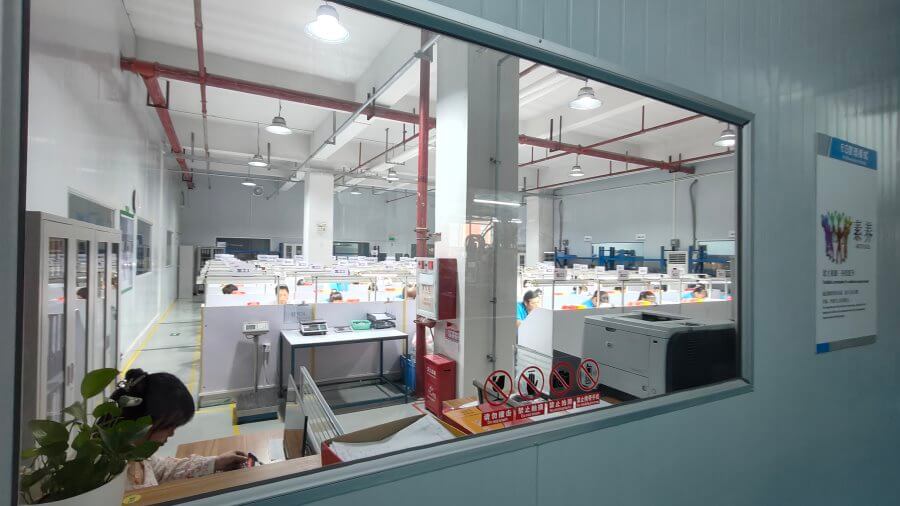One of the key characteristics of silicone products is their ability to withstand high and low temperatures. This feature allows silicone products to be used in both high-temperature and cold environments. Although this characteristic may seem unremarkable, it plays a significant role in practical applications. Some industrial equipment generates high temperatures during operation, or extreme weather conditions may occur. In such cases, plastics and rubbers fail to meet the requirements for heat or cold resistance. However, silicone’s ability to withstand high and low temperatures makes it highly effective in these situations.
The temperature resistance of silicone ranges from -40°C to 230°C, which can meet the majority of customers’ needs. During the vulcanization process in manufacturing, silicone products are often exposed to temperatures around 180°C, and some products that require secondary baking may stay in a 220°C oven for 3-4 hours. Therefore, high-temperature silicone is trusted for its reliable temperature resistance performance.
When the operating environment exceeds 260°C, high-temperature resistant silicone is required. High-temperature silicone can be used for extended periods in environments below 150°C, continuously in environments between 200°C to 300°C, and for short periods in environments between 300°C to 350°C. High-temperature silicone is a special material, and while it is more expensive, it offers significantly stronger performance.
Characteristics of High-Temperature Resistant Silicone
-
High-Temperature Silicone with Resistance to Thermal Shock
Provides high thermal conductivity for electronic products, ensuring stable quality and enhancing product functionality and longevity.
-
Excellent Weather Resistance of High-Temperature Silicone
Resistant to aging, electrical insulation, waterproofing, ozone, ultraviolet radiation, and can withstand harsh environments involving ozone, water, oil, high pressure, strong magnets, and exposure to sunlight and rain.
-
Strong Shock Resistance of High-Temperature Silicone
Offers superior shockproof, electrical insulation, vibration absorption, and stability, ensuring the durability of electronic products during transportation and operation.
-
Safety Grade of High-Temperature Resistance Silicone
It is a non-toxic, non-corrosive, solvent-free, and sweat-resistant eco-friendly material.
-
High-Temperature Silicone is an Excellent Elastomer
It is highly elastic and flexible, offering excellent protection for various hard materials.
Applications of High-Temperature Resistant Silicone
The main characteristics of high-temperature resistant silicone include resistance to high and low-temperature shock, rapid degassing, extremely low odor, and the release of non-harmful substances during the degassing process. It offers excellent heat resistance, ozone resistance, chemical corrosion resistance, and outstanding electrical insulation properties. Additionally, it has excellent thermal conductivity with a thermal conductivity coefficient ranging from 0.8 to 1. This provides high thermal protection for electronic products, ensuring stability, improving product performance, and extending product lifespan.
High-temperature silicone is an excellent elastomer, with a gel that is highly elastic and flexible, free from bubbles, and offers strong adhesion and bonding to various metal materials. It is not prone to peeling, making it highly reliable. Based on these characteristics, high-temperature silicone has a wide range of applications, including:
- Adhesion, insulation, heat conduction, moisture protection, shock absorption, and sealing for electronic components used in high-temperature environments.
- Electronic and electrical industries, engineering industries, aircraft manufacturing, automotive models, aerospace molds, and more.
- Applications in electric heating tubes, microwave silicone strips, high-temperature furnaces for irons, ovens, and other products with high-temperature sealing and bonding requirements in electronic products.





